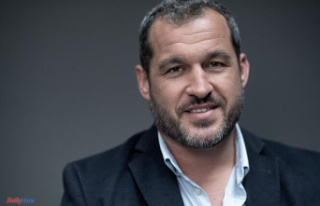The Ministry of Education detailed the experimentation with the uniform at school, middle school and high school, in a guide sent to volunteer communities, recalling its objective of “improving the school climate”. This four-page guide, unveiled by L'Opinion and of which Agence France-Presse obtained a copy on Monday December 11, details "support for the implementation of common clothing in schools, colleges and Voluntary Public High Schools.”
“The compulsory wearing of common clothing only concerns students – and not teachers – and necessarily applies to all classes of the school, middle school or voluntary high school,” it is written in this document. “This approach aims first and foremost to strengthen cohesion between students and improve the school climate,” explains Rue de Grenelle.
According to the ministry, “wearing common clothing is likely to create an atmosphere of work and equality within the establishment.” It is also “a way to enhance the image of the school and the establishment by creating a feeling of belonging and unity between students”, according to the guide.
Keychains supported by communities
The uniform avoids “all forms of inequality and proselytism.” It can “offer conditions for socialization where social differences are reduced and makes it possible to fight against the reign of appearance,” we add. “As soon as wearing school uniform is included in the internal regulations, students and their families must comply with them.”
In detail, the ministry mentions “a kit whose composition is determined locally and on a case-by-case basis in close collaboration with the local authority and after discussions with the service provider”.
This involves “in particular determining the type of pieces, the quality of the clothing and their quantity depending on the age of the students, as well as the methods of their personalization by affixing the name and/or logo of the establishment. These trousseaux must naturally respect the principles of neutrality and secularism.
On the financial side, the ministry states that, “in order not to make families bear the financial cost of implementing this experiment, the supply of the kits is taken care of by local authorities who can benefit from financial support from the ministry.” The ministry will carry out an “evaluation of the experiment” and “a call for expressions of interest from researchers in human and social sciences disciplines”.












